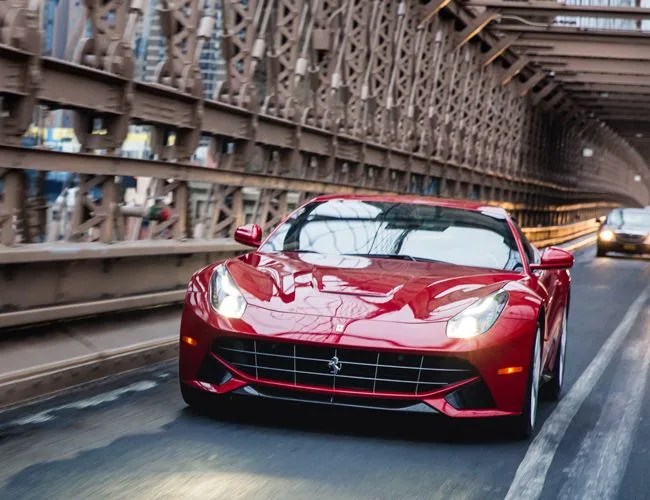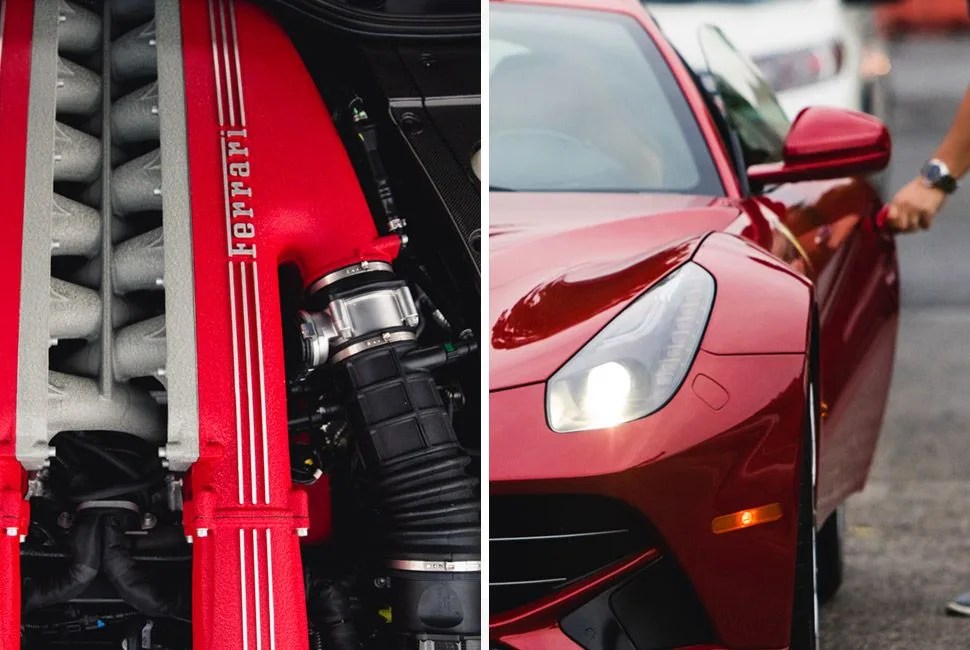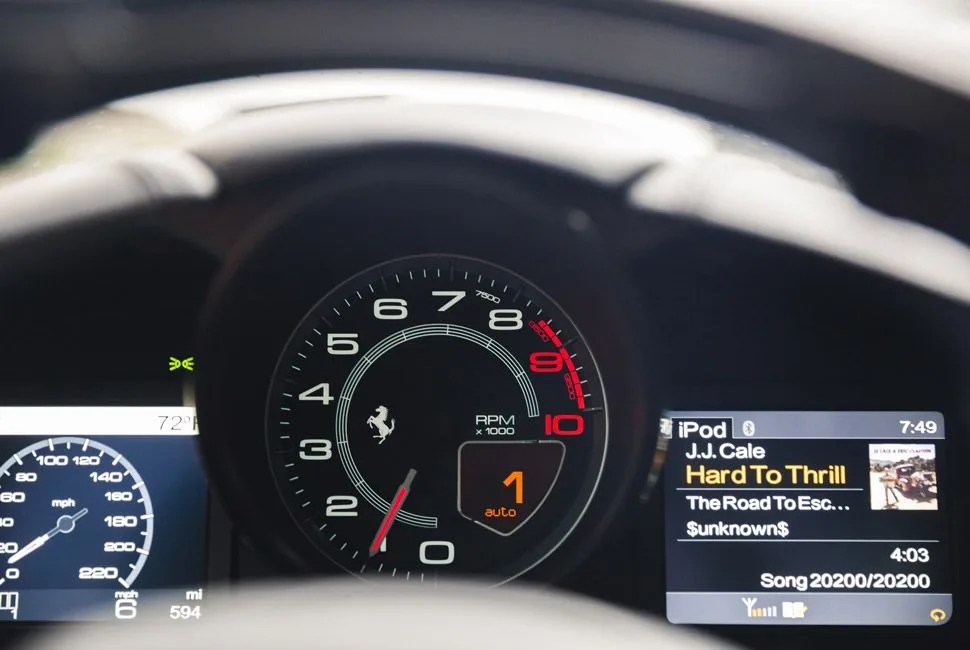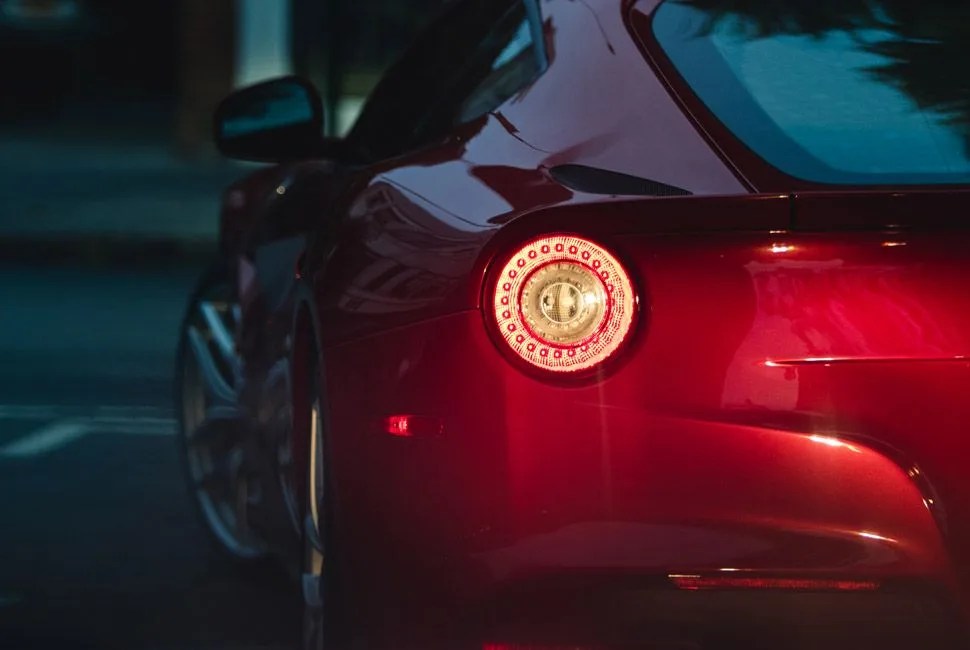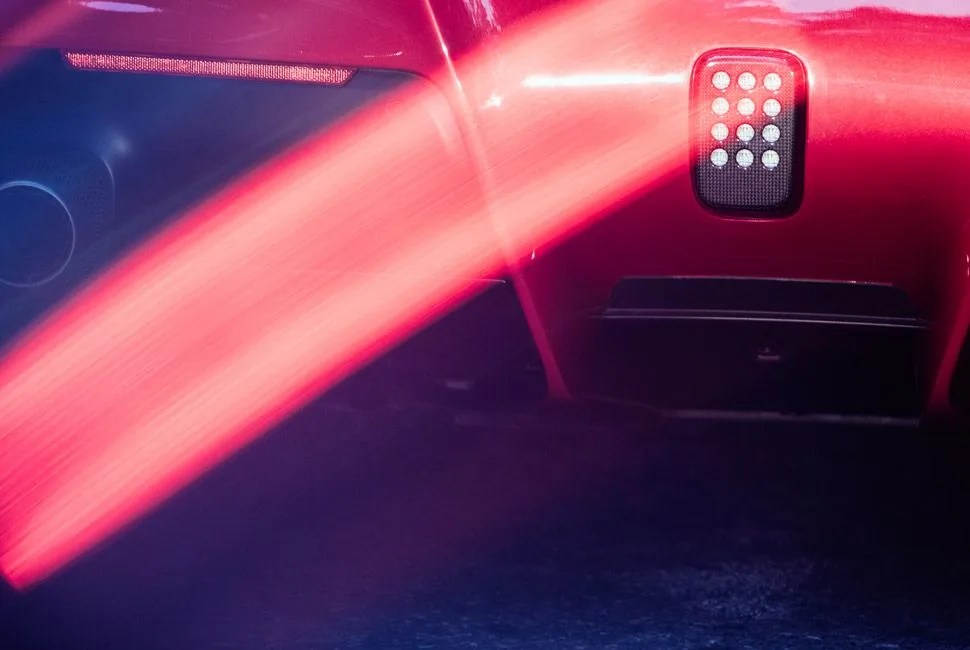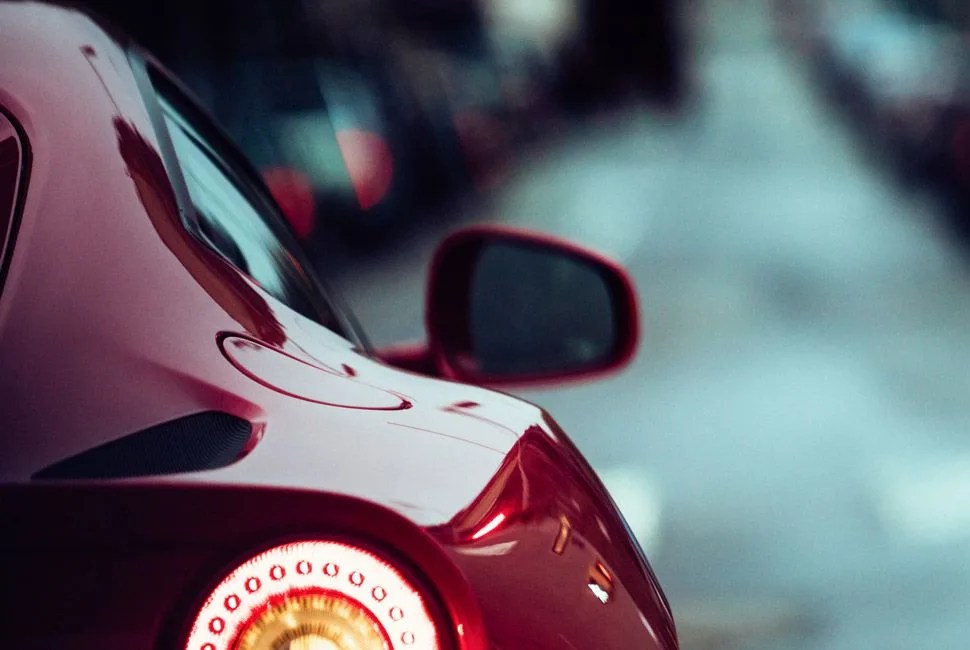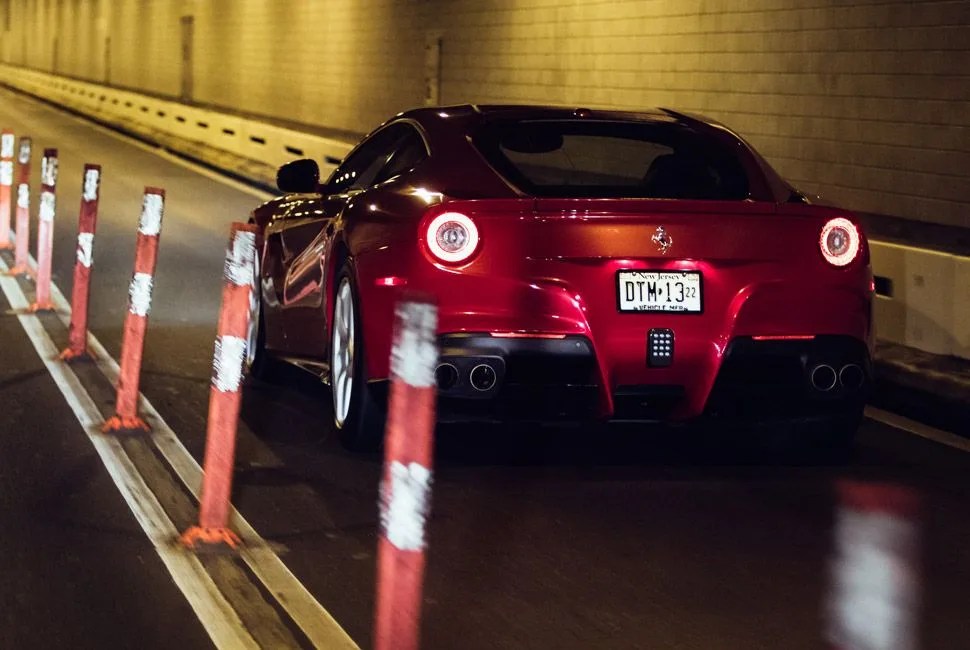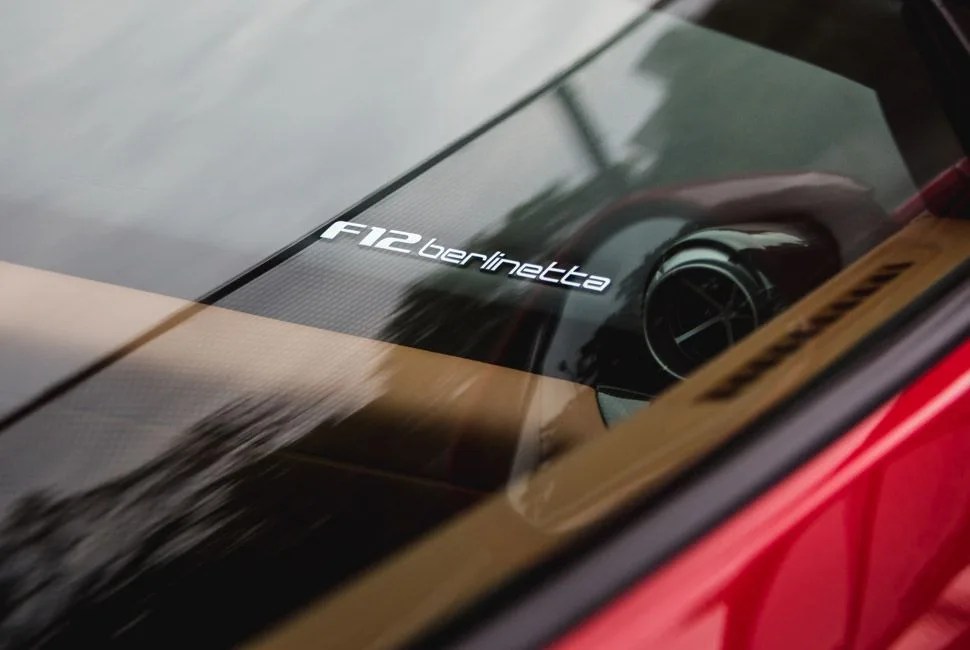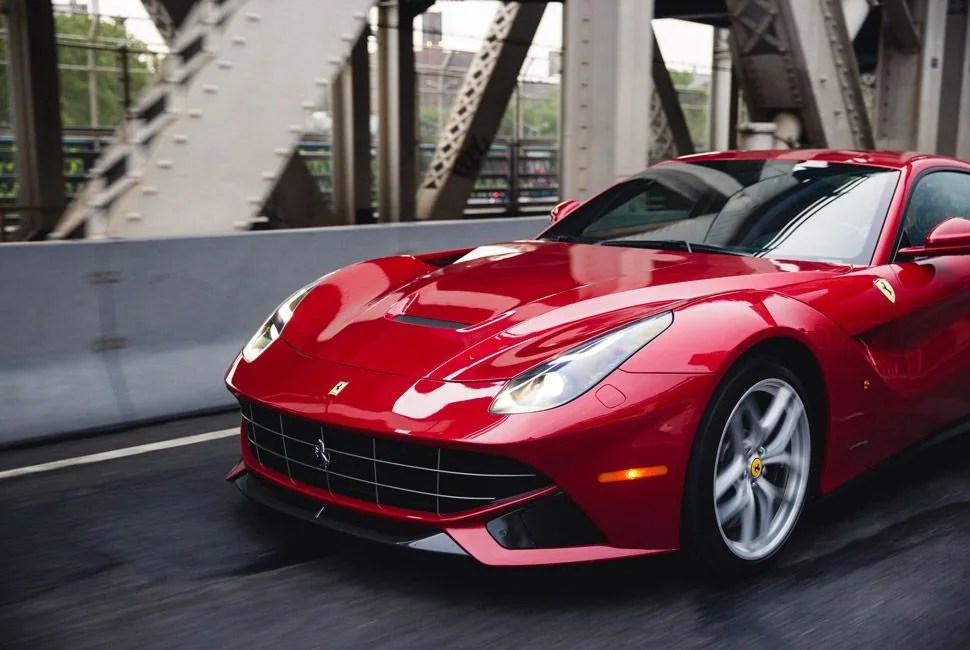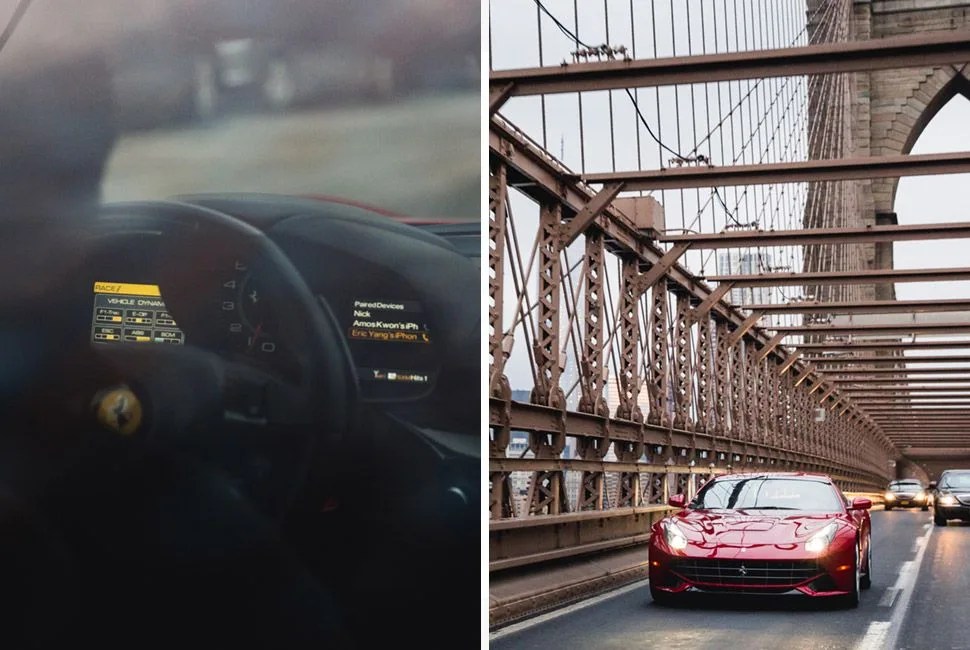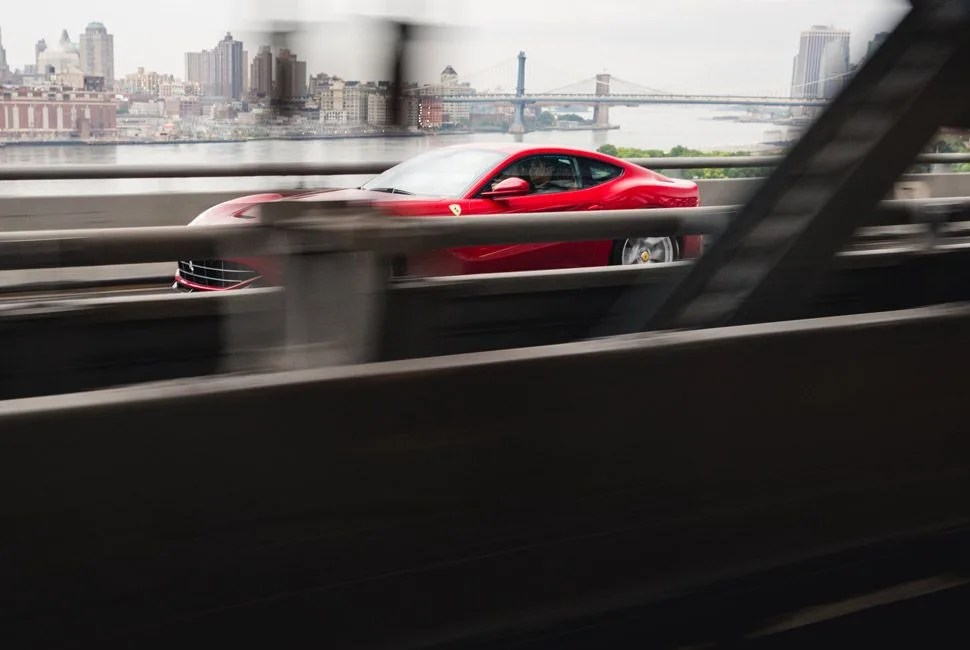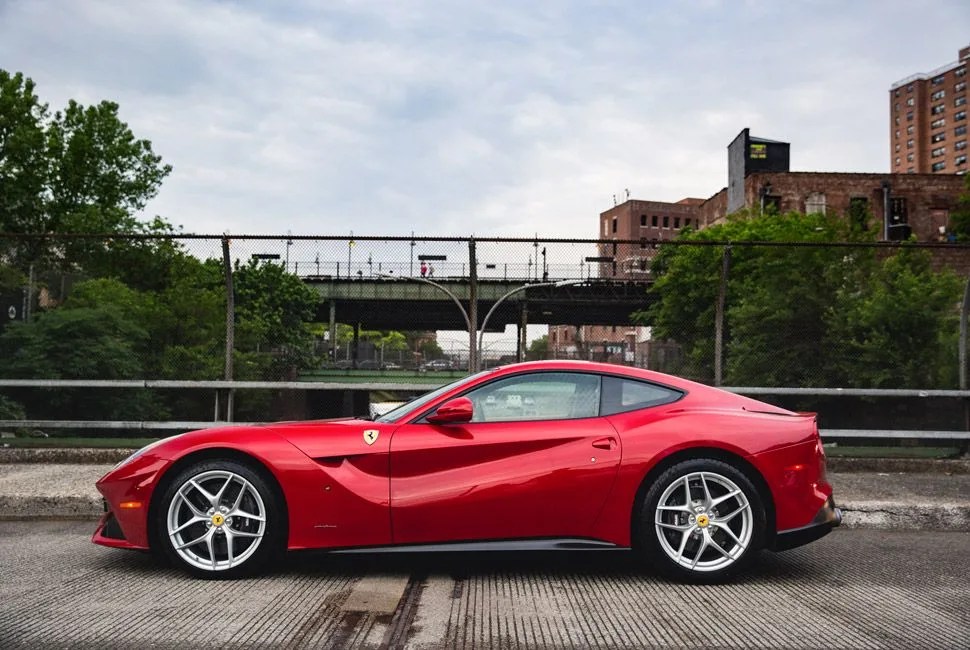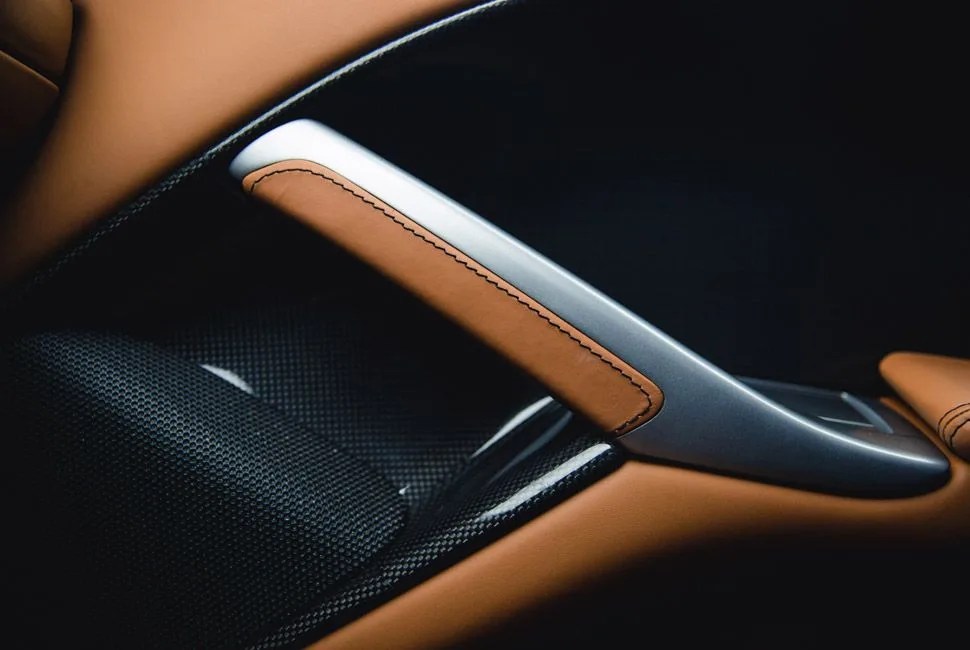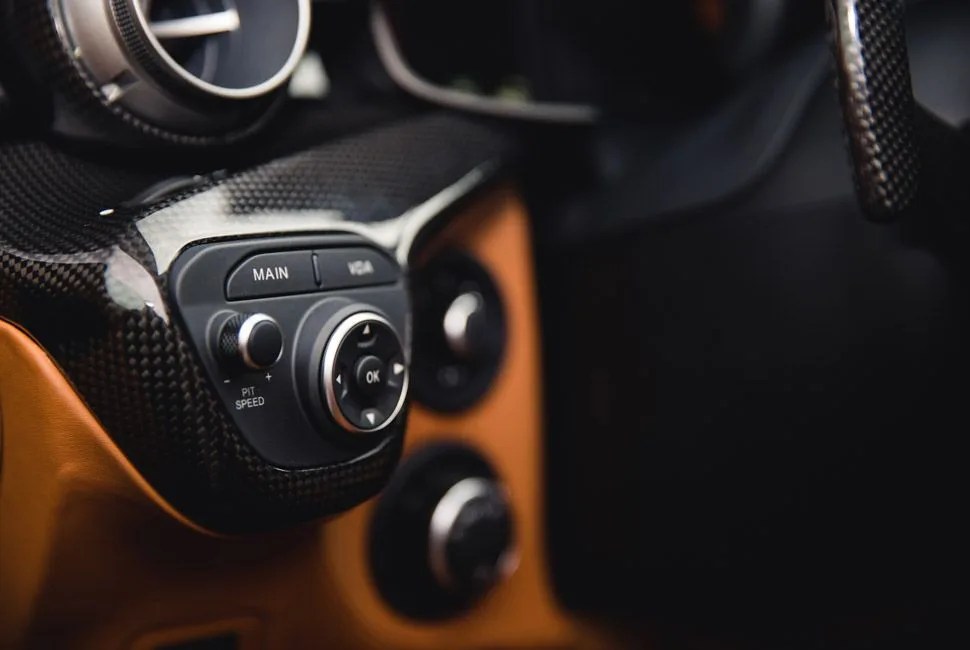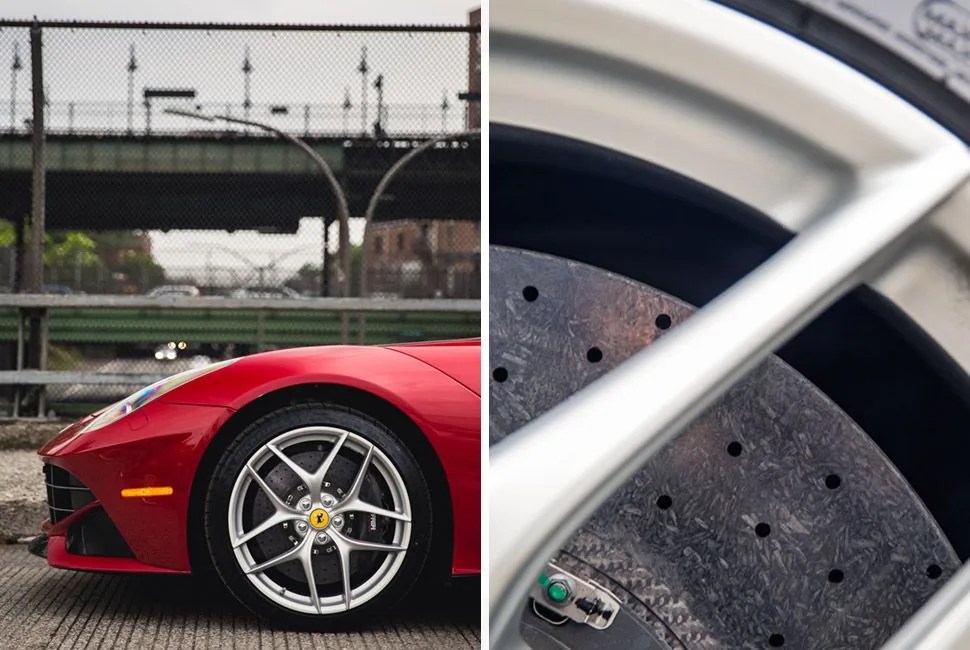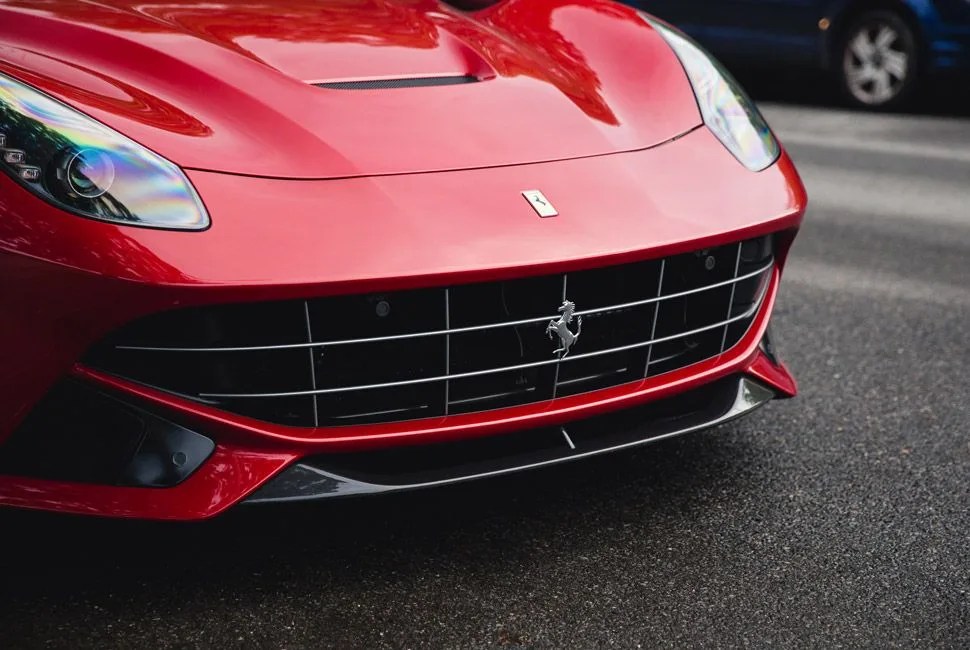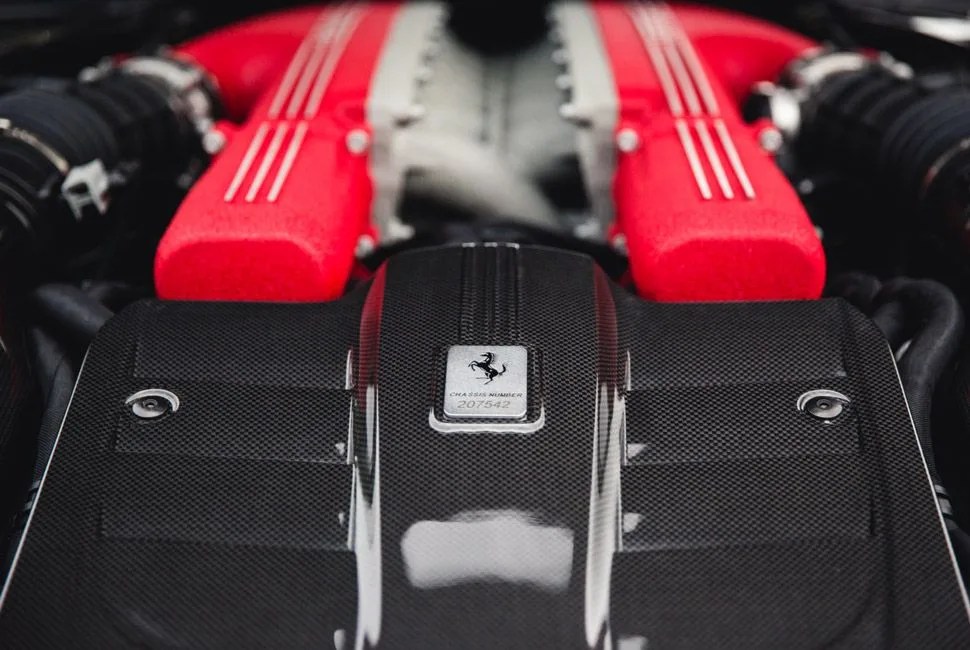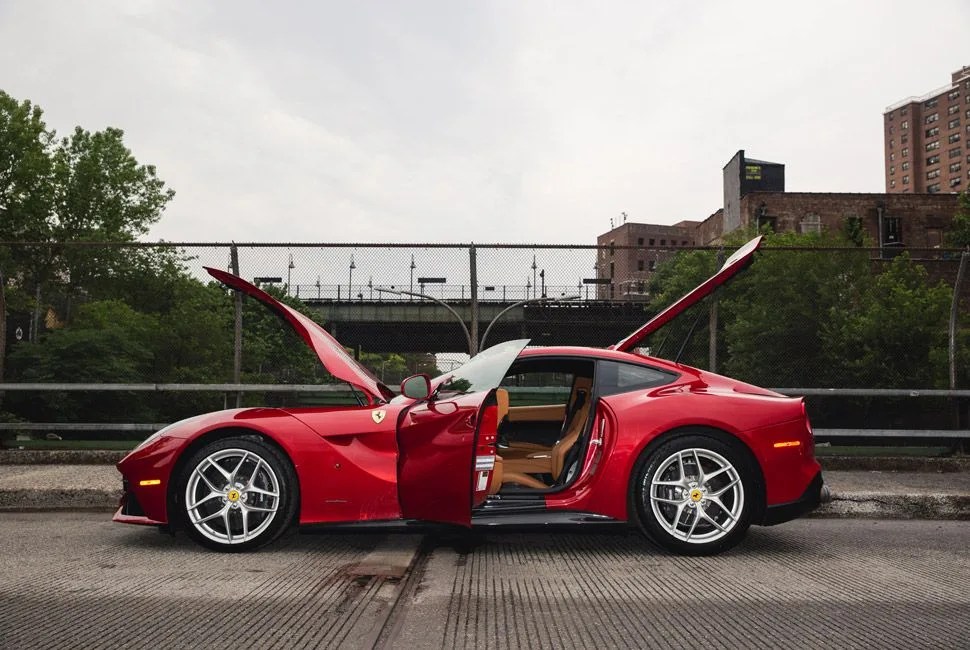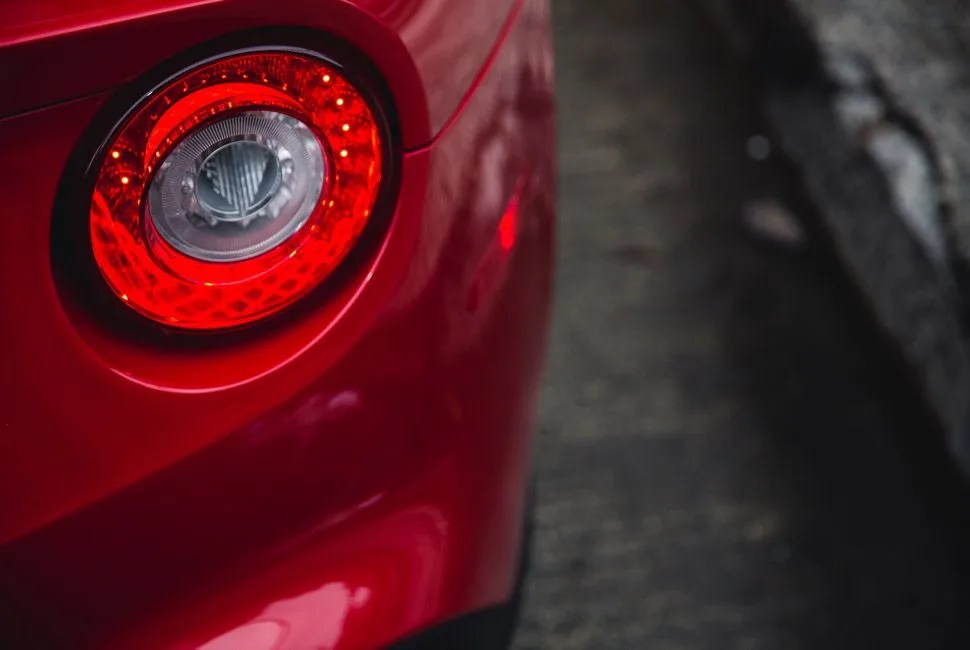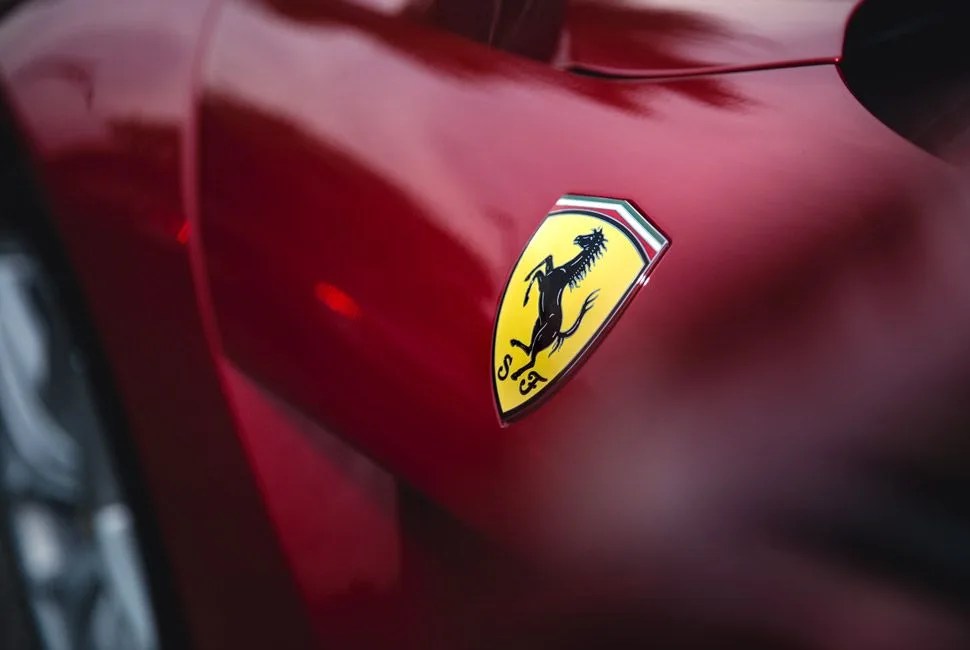26 photos
The sound is a sonorous cacophony. An auditory blitz. When a Ferrari V12 engine roars, your whole system awakens and you’re drawn in. The pedals pull your foot toward the floor. The wheel calls your hands in. The car entices you to drive.
The front-mounted Ferrari V12 engine lives in the hall of motoring legends, starting way back with the 250 GTO, then gracing the 365GTB/4 Daytona and the modern 550, 575M, 612, 599 and FF. Ferrari grand tourers have always been the potent gentleman racers of their respective eras, equipped with 12 cylinders — but the Ferrari V12, for all its lusty draw and carnal appeal, is a dying breed (in naturally aspirated form, at least), and the Ferrari F12berlinetta ($323,745) may be the last of the V12 GT cars.
The F12berlinetta debuted in 2012 as the replacement for the 599GTB Fiorano, and though it was better than the 599 in every way, its reign of media fame was eclipsed by the arrival of the 950 horsepower hybrid LaFerrari hypercar in 2013. Now the F12berlinetta is in driver’s hands, and it’s awash in the wowing drivers for more reasons than it’s power (730 hp) and cost (over $300k). The F12berlinetta has proved itself as a shining example of what Ferrari has been known for in its grand tourers. Purity.
Under the Hood
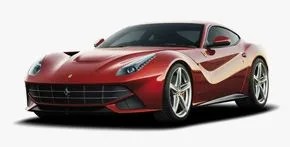
Engine: 6.3-liter V12
Transmission: F1 8-speed dual clutch automatic
Horsepower: 730
Torque: 509 lb-ft
0-60 mph: 3.1 seconds
Top Speed: 211 mph
MSRP: $323,745
